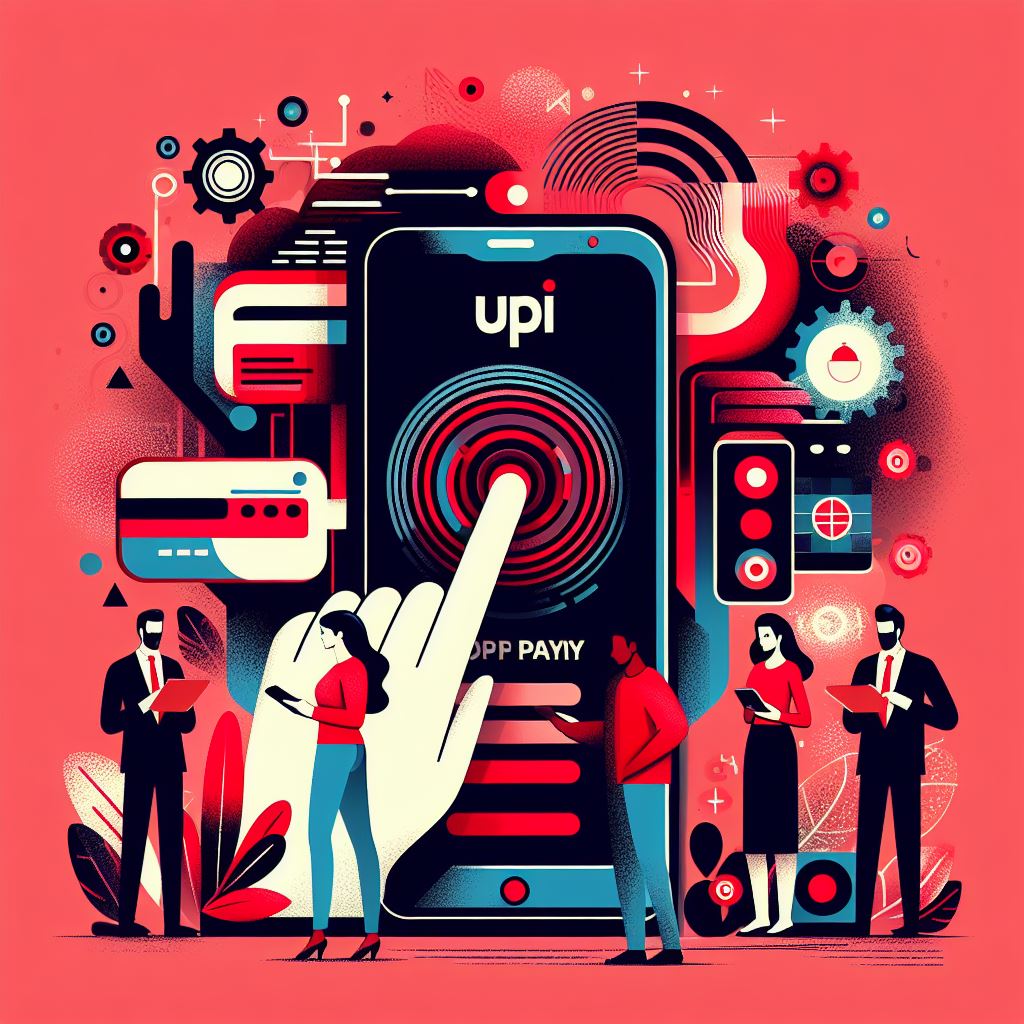UPI: A revolution that made payment easier.

UPI stands for Unified Payment Interface is a payment technology developed by National Corporation of India (NPCI) that was launched on April 11,2016. It enables users to link their bank account directly to a Virtual Payment Address (VPA) in this case it is UPI ID, and it generally looks like <Your email address/ Phone number>@
It is Safe and Secure, and users are not required to provide any of their banking details while engaging in ant type of UPI transactions although they will need to input their UPI ID to initiate transaction.
It uses existing systems like Immediate Payment Services (IMPS) and Aadhaar Enabled Payment System (AEPS) for seamless settlements across accounts.
It is Push and Pull Transactions capable that means users can pay to someone (push) or receive money from someone (pull) via same account.
It has a very wide use case, it works for over-the-counter payments, barcode payments, utility bills, school fees, and other subscriptions.
What is new in UPI as compared to traditional payment systems?
UPI has many new features as compared to traditional payment methods, unlike traditional methods NPCI now redirects the deactivation of inactive UPI IDs after a year.
The Reserve Bank of India (RBI) has raised the transaction limit to Rs 1 lakh ( USD 199) to Rs 5 lakh (USD 5998) for hospitals and educational institutions which enables higher online payments.
For first payments over Rs 2000 (USD 24), UPI provides its users a 4-Hour window to reverse or modify transaction.
When making any kind of payment using any UPI app it will display actual name of the recipient’s bank account on screen.
Recently UPI is also gaining attention outside India due to its easy to use and more secure nature.
Outside India, Bhutan is the first country to implement UPI followed by Malaysia, Nepal, Sri Lanka, UK and some countries of EU along with Oman and UAE.